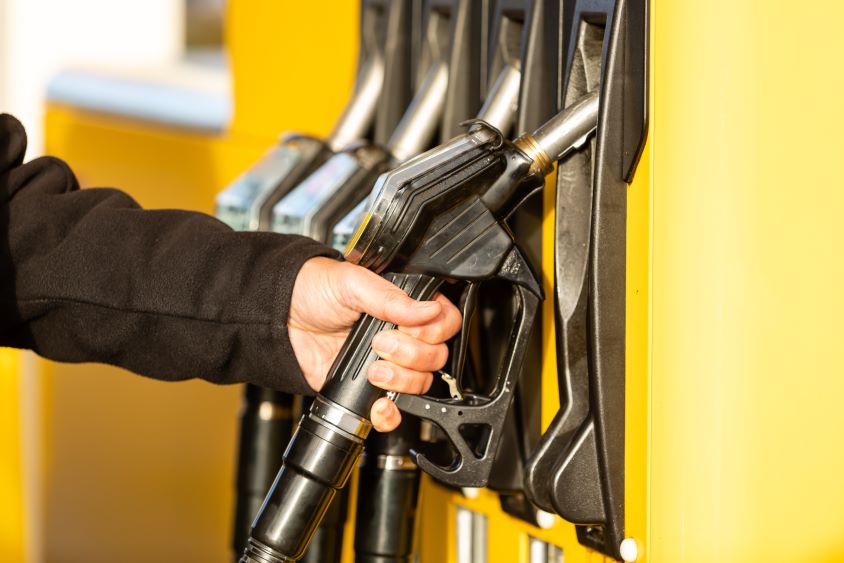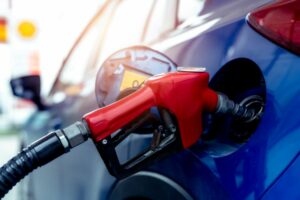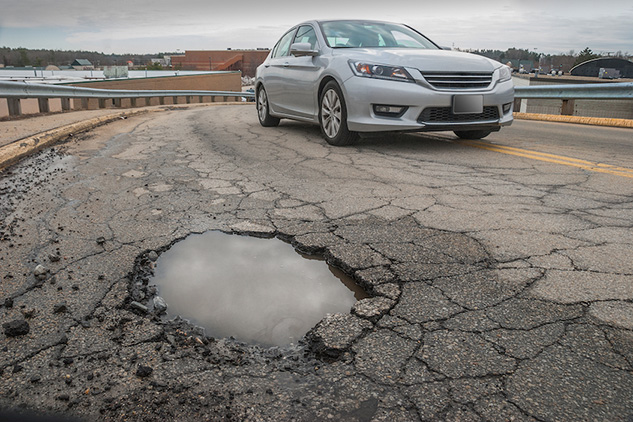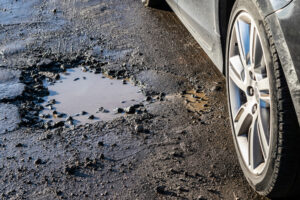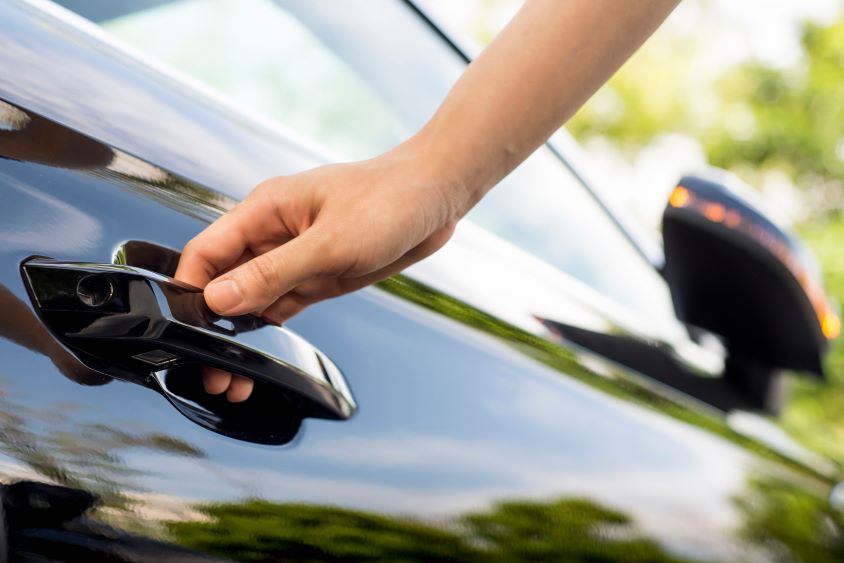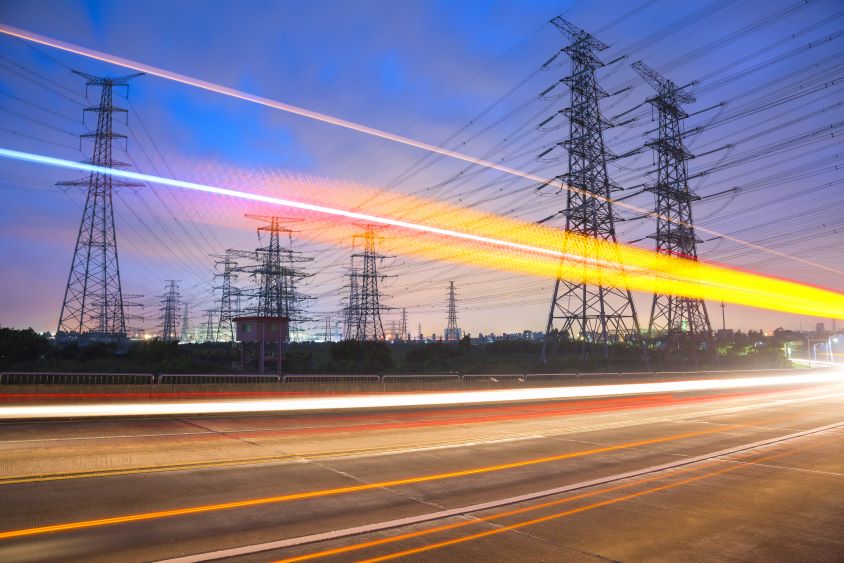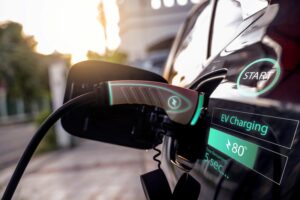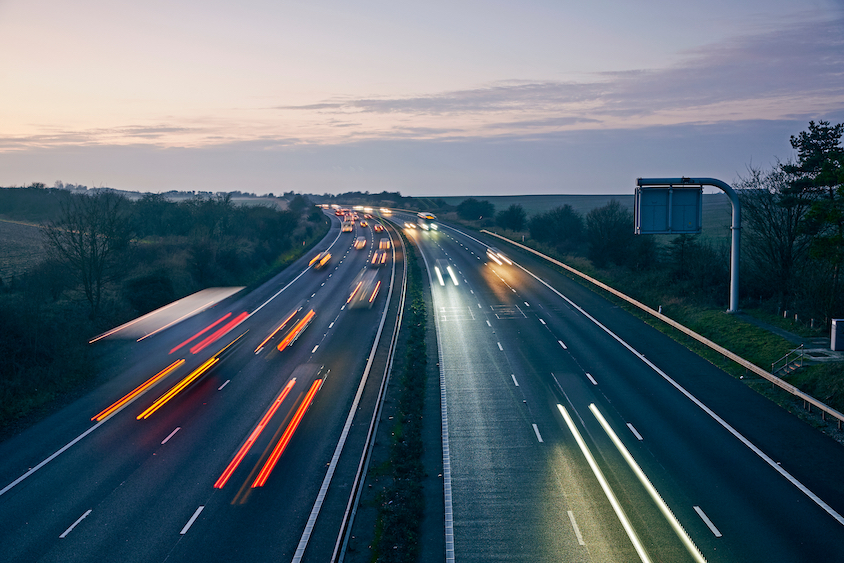As of summer 2021, the UK is transitioning from E5 petrol to E10. This change will not impact drivers of diesel vehicles, but will affect users of petrol.
What is E10 fuel?
This petrol contains 10% renewable ethanol, as opposed to E5 which only contains 5%.
All petrol cars made after 2011 are compatible with the newer fuel, and most vehicles made before that will also be compatible. You can check if your vehicle is compatible with E10 on the government website. Classic cars are not likely to be compatible with this fuel, so it is worth checking before filling up!
If you have been filling your vehicle with E10, but go to fill up at a station where only E5 is available, it is safe to mix the two. They are very similar substances, but one contains more ethanol than the other.
The UK is actually a late adopter of E10. It has been rolled out in many EU countries such as France and Germany, and the US also uses it to fuel their vehicles.
In fact, E10 is now the reference fuel that new cars are tested with when measuring emissions and performance.
E5 E10 fuel differences
The main difference between E5 and E10 unleaded fuel is their ethanol content. E5 contains up to 5% ethanol, while E10 contains up to 10%. The higher ethanol content in E10 makes it a more eco-friendly option, reducing carbon emissions.
Is E5 or E10 fuel more efficient?
Statistically, this newer petrol can reduce fuel economy. Compared to E5, you’ll see a 1% reduction in efficiency. It’s worth being aware of this, but it shouldn’t impact your fuel costs too much.
How long does E10 fuel last?
If your fleet does a lot of miles, this 1% could add up over months and years. It’s worth getting hold of a fuel card to counter-act this extra cost. You could even save up to 10p per litre.
You should also be aware that if your drivers are prone to harsh accelerating and braking, or if your vehicle is not maintained well enough, your fuel economy could be greatly reduced with this newer fuel.
Does E10 fuel damage engines? E10 petrol additives can help
E10 petrol, with up to 10% ethanol, is eco-friendly but can be more corrosive, potentially affecting older vehicles not designed for it. If your fleet vehicle isn’t compatible, you must use E5 super unleaded, which is pricier.
To protect your engine and ensure reliable starts after periods of storage, using an additive like STA-BIL E10 Ethanol & Fuel Stabilizer can be beneficial. This product prevents fuel degradation, corrosion, and gum formation, making it particularly useful for fleet vehicles not regularly used.
E10 petrol price – is it more expensive than E5?
E10 petrol won’t be more expensive than the E5 unleaded fuel it replaces. However, for drivers of fleet vehicles that can’t use E10, the cost of filling up will rise because they’ll need to switch to super unleaded fuel, which will continue to be E5.
Why has this change been made?
Since E10 uses 10% renewable ethanol, less fossil fuels are required. This will make a big difference towards reducing the country’s CO2 emissions.
According to the government, switching to this newer fuel will cut the country’s CO2 emissions by 750,000 tonnes a year. This is the equivalent of removing all the cars in North Yorkshire!
Whilst E10 does reduce our carbon emissions, it does not do much to improve air quality and public health.
What else is the country doing to reduce emissions?
The change to a petrol with fewer fossil fuels is just one of the many steps the government is taking to lower the overall carbon emissions of the transport industry.
Petrol and Diesel car ban
We will see fewer and fewer fossil fuel-burning cars on the road as we approach this ban. In conjunction with the introduction of lower-emissionfuel, this will help to push our emissions down even further.
When is the ban on petrol and diesel cars?
In 2030, the government will be banning the sale and production of petrol and diesel cars. They, of course, won’t be outlawed straight away. You can still buy a new petrol car in 2029 and get a few years of use out of it.
What is a low emission zone?
Low emissions zones, or LEZ, are areas where the local council has decided to limit access to vehicles that do not meet certain requirements.
Vehicles must meet an emission standard to drive through an LEZ freely. Otherwise, they will have to pay a charge.
These zones achieve two things. Firstly, they keep drivers out of areas with high congestion which reduces air pollution; this is a great benefit to public health. Secondly, those who need to drive in these zones will consider acquiring a vehicle that meets the emission standard. For example, they might look into purchasing an electric vehicle, as they do not emit harmful greenhouse gases.
How to pay low emission zone?
For a petrol car to drive in the Ultra Low Emission Zone in London, for example, it must achieve a Euro 4 minimum emission standard. If it does not, the driver must pay a daily charge of £12.50 to enter.
To pay for driving in a Low Emission Zone (LEZ), you typically need to visit the official website of the city or region operating the LEZ, such as Transport for London (TfL) for London’s LEZ. You can pay online by entering your vehicle’s registration details and paying the applicable charge. Some areas may also allow payment via mobile apps or over the phone. Make sure to pay within the required timeframe to avoid fines.
For specific instructions, check the relevant local authority’s website.
What is EV?
EV stands for electric vehicle. These vehicles are powered by electric motors and batteries rather than internal combustion engines. They are known for their potential to reduce emissions and dependence on fossil fuels.
How long do EV batteries last?
Electric car battery life is a significant consideration for many drivers when deciding whether to switch to an electric vehicle.
The battery experiences cycles of “discharge” during driving and “charge” when plugged in, which over time can affect its capacity. As a result, the range of the vehicle and the frequency of required charging sessions can decrease.
Most manufacturers offer a battery warranty of five to eight years, but advancements in technology suggest that modern electric car batteries are expected to last between 10 to 20 years before needing replacement.
This extended lifespan is largely due to ongoing improvements in battery technology, which continue to enhance the durability and efficiency of electric vehicle batteries.
EV charger grants
The government also offers grants to those considering purchasing an electric vehicle. When deciding on their next vehicle, drivers might consider this, as they could potentially pay less than they would for an ICE vehicle.
The plug-in vehicle grant will pay for 35% of a vehicle’s purchase price, up to a maximum of £2,500.
How can Fuel Card Services help with E10 fuel costs?
There are many upcoming changes to our roads, so it’s often difficult for fleet managers to know when they are making the best decisions for their businesses.
With help from Fuel Card Services, you can rest assured that you are keeping costs as low as possible. We can help you find the right fuel card for your business, and our additional fleet management services can help you increase productivity and cut costs even further – get in touch today!

